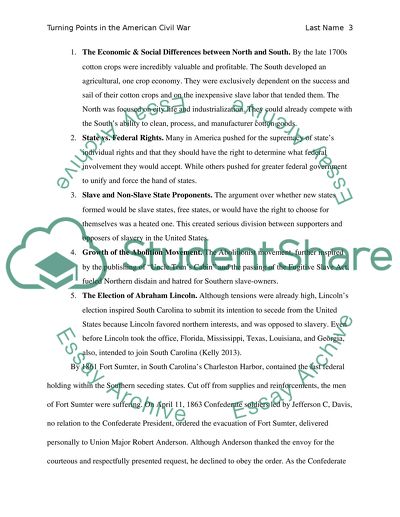Cite this document
(“The Battles of Gettysburg and Vicksburg Essay Example | Topics and Well Written Essays - 1500 words”, n.d.)
Retrieved from https://studentshare.org/history/1486566-the-battles-of-gettysburg-and-vicksburg
Retrieved from https://studentshare.org/history/1486566-the-battles-of-gettysburg-and-vicksburg
(The Battles of Gettysburg and Vicksburg Essay Example | Topics and Well Written Essays - 1500 Words)
https://studentshare.org/history/1486566-the-battles-of-gettysburg-and-vicksburg.
https://studentshare.org/history/1486566-the-battles-of-gettysburg-and-vicksburg.
“The Battles of Gettysburg and Vicksburg Essay Example | Topics and Well Written Essays - 1500 Words”, n.d. https://studentshare.org/history/1486566-the-battles-of-gettysburg-and-vicksburg.


